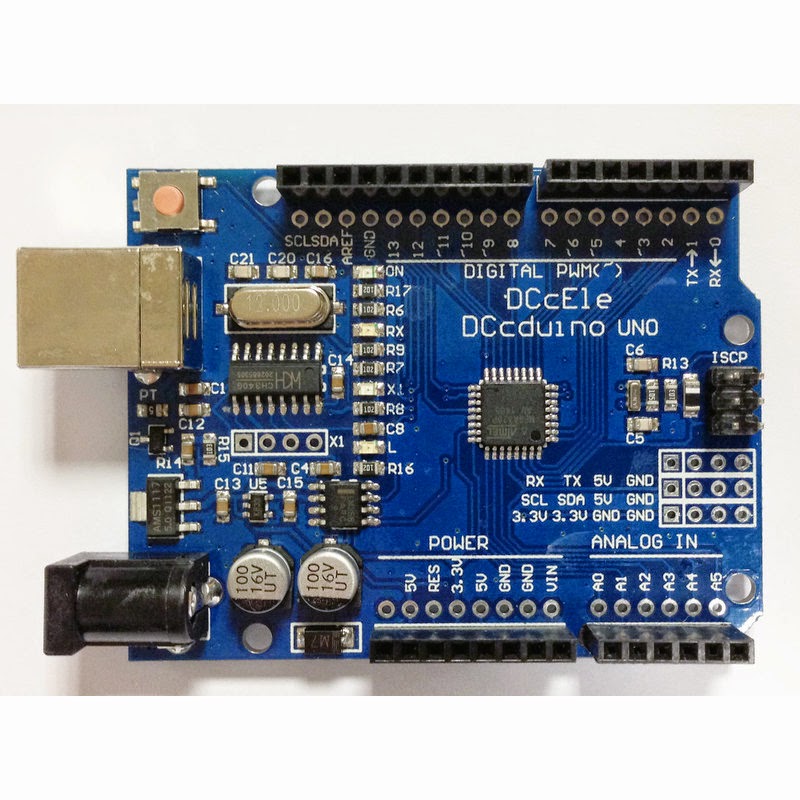

On the other hand, we could use a PNP transistor as a not gate to control the flow. ***In later time, I will switch to a Schmitt trigger inverter to check any improvement*** Auto direction control by transistor As a result, the MCU cannot understand the reply. If a too large capacitor is chosen, the transition will occur during the sensor reply signal and disturb the message. Although the sensor can still understand the message and make a reply. R̅E̅ and DE changed state when the requesting message is not yet finished.Īs a result, the 485+ 485- are pulled to neutral, and the difference between 485+ and 485- becomes zero (bus idling state). For a too small capacitor, I changed the capacitor from 32nF to 1nF. Or otherwise, the signal will be disturbed. The charging and discharge time has to be set up within the range for a correct latching time of R̅E̅ and DE. Take a closer look at pin 13 and the inverted output pin 12, we see that the 74ch04 inverts the signal when the input is around 1.3V. C4 is charged via R7 and discharged via D3 (there is no current flow into Pin 13), so the discharge rate is much faster than the charging rate. The sensor takes around 1ms before replying.įor the R̅E̅ and DI, the signal is latched by C4 ( 20nF ceramic cap). The transition has to be located before the reply of the sensor. There is a short voltage vibration during transitioning. The left part is the MCU asking for the holding resistor value and the right part is the reply from the sensor. The following oscilloscope graph recorded the signal of 74HC04 Pin 10 (which is the also same as pin DI) versus RS485+. The two not-gate could reform the signal and sharpen the edge, especially when we are driving an LED in this module. RO data also goes through two not-gate and to RX. The TX signal goes through two not-gate and to DI pin. And then I modified the schematic a bit for easier understanding. Let’s take a closer look at how a not gate managed to control the flow direction in the XY-017 module.

The majority of the chips need to be controlled by R̅E̅ and DE pin.

ARDUINO CH341 SERIAL DRIVER LINUX 3.160. FREE
Feel free to send a pull request sharing something you have made that could help. Visit wiki and documentation to know more about the PJON Standard. It is a valid tool to quickly and comprehensibly build a network of devices.
ARDUINO CH341 SERIAL DRIVER LINUX 3.160. SOFTWARE
It proposes a Standard, it is designed as a framework and implements a totally software emulated network protocol stack that can be easily cross-compiled on many architectures like ATtiny, ATmega, ESP8266, ESP32, STM32, Teensy, Raspberry Pi, Linux, Windows x86 and Apple machines. PJON® (Padded Jittering Operative Network) is an Arduino compatible, multi-master, multi-media network protocol. PJON - PJON® is an open-source network protocol compatible with Arduino, ESP8266, STM32, Teensy, Raspberry Pi, Linux and Windows


 0 kommentar(er)
0 kommentar(er)
